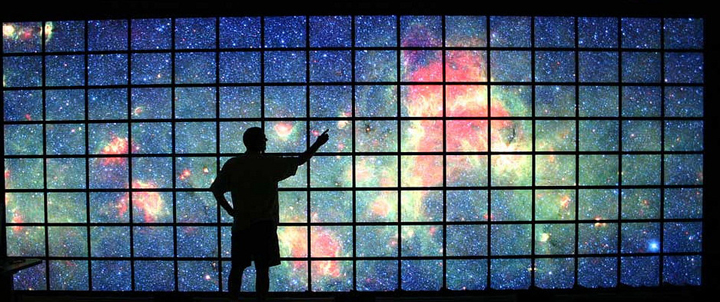For NASA and its dozens of missions, data pour in every day like rushing rivers. Spacecraft monitor everything from our home planet to faraway galaxies, beaming back images and information to Earth. All those digital records need to be stored, indexed and processed so that spacecraft engineers, scientists and people across the globe can use the data to understand Earth and the universe beyond.
At NASA’s Jet Propulsion Laboratory in Pasadena, Calif., mission planners and software engineers are coming up with new strategies for managing the ever-increasing flow of such large and complex data streams, referred to in the information technology community as “big data.”
How big is big data? For NASA missions, hundreds of terabytes are gathered every hour. Just one terabyte is equivalent to the information printed on 50,000 trees worth of paper.
“Scientists use big data for everything from predicting weather on Earth to monitoring ice caps on Mars to searching for distant galaxies,” said Eric De Jong of JPL, principal investigator for NASA’s Solar System Visualization project, which converts NASA mission science into visualization products that researchers can use. “We are the keepers of the data, and the users are the astronomers and scientists who need images, mosaics, maps and movies to find patterns and verify theories.”
